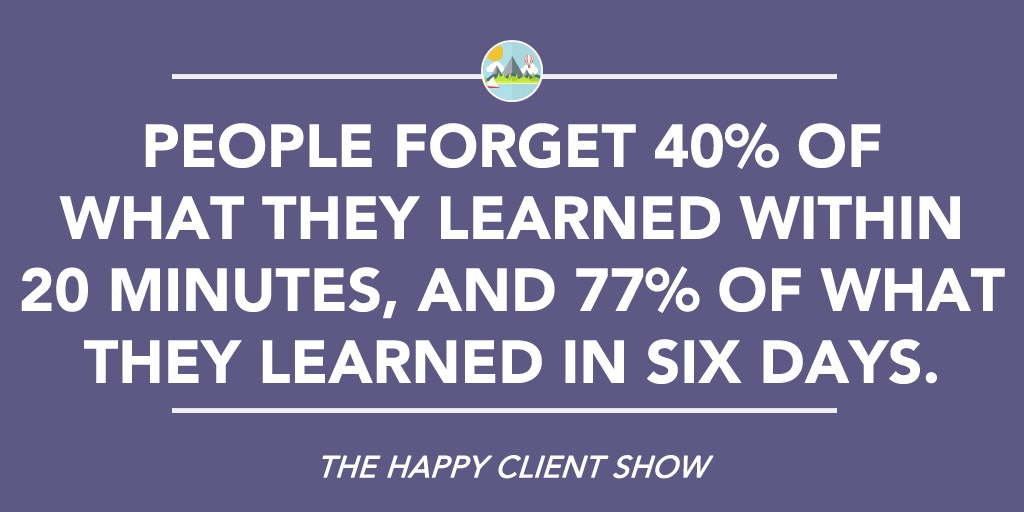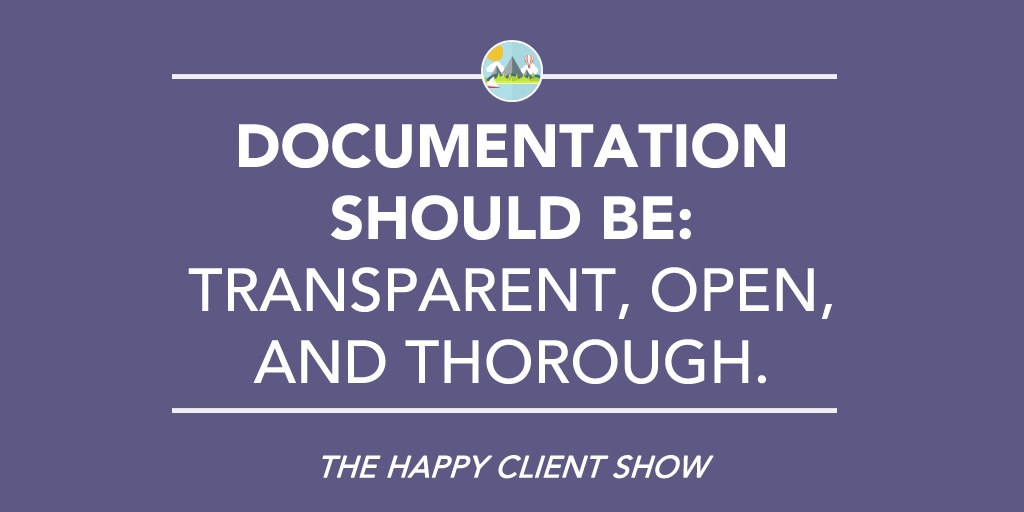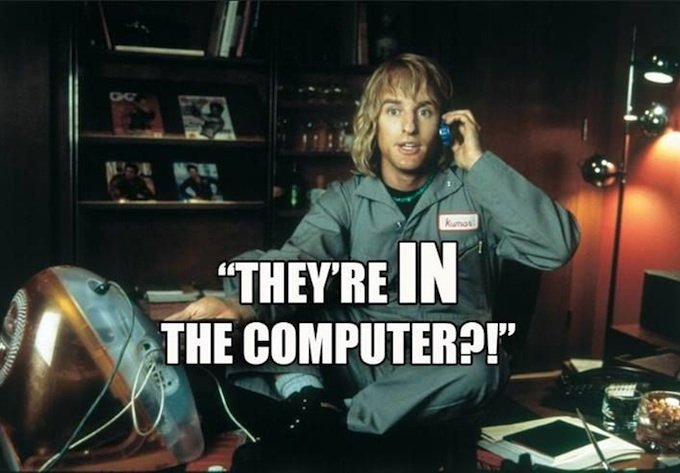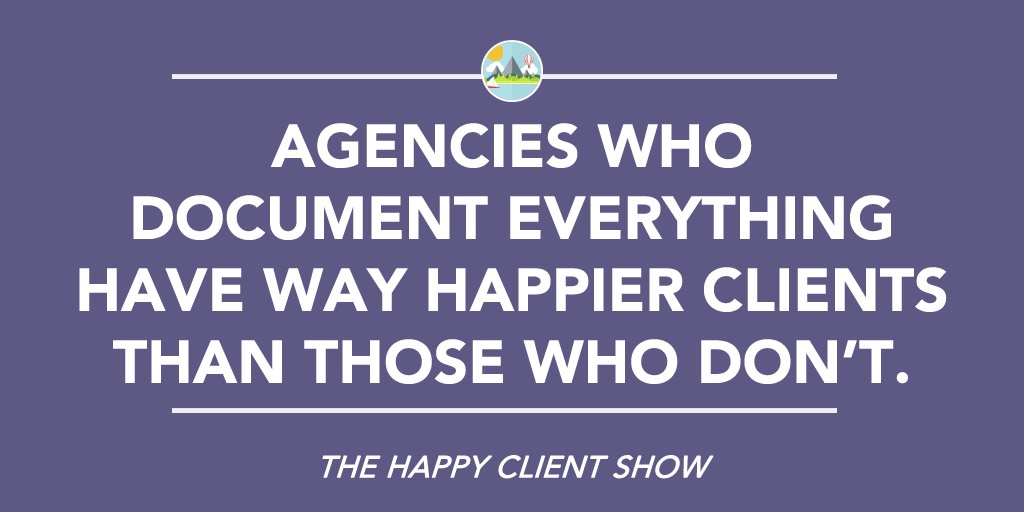Inbound Agency Documentation and Why You Need It
To chat with Gray and have ZenPilot lead your team through the last project management implementation you'll ever need, schedule a quick call here.
With everything that’s going on in my day-to-day, I’m lucky if I remember what I had for breakfast yesterday.
In my personal life, this is acceptable and doesn’t really make a difference. But, as head of client relations at an agency, my ability to remember and communicate what I remember can be the difference between retaining and losing a client.
People forget 40% of what they learned within 20 minutes, and 77% of what they learned in six days.

When it comes to our partnerships with our clients, this is a significant fact to keep at the forefront of your thinking. The key to keeping your clients and your team on the same page throughout your relationship—which can go from months to years—is intentional documentation.
By implementing formal documentation processes—aimed at transparency and forward thinking—I promise you that you will have happier clients and smoother client relationships.
A Few Examples of Documented Assets
Before we dive into a few more reasons why you need to document in your agency process, let’s go over a few examples of documented assets:
- Contracts
- Detailed time lines with step-by-step activities
- Inbound Marketing GamePlan
- Meeting agendas, notes and recaps
- Monthly/weekly reports
- Email recaps of completed tasks
Three Reasons to Document Everything
Your Clients Want You To!
Clients have just as much to do as you do, and you aren’t the only relationship they maintain on a daily basis. Just because something was said in a meeting, or a brainstorming session, doesn’t mean everyone’s going to remember it.
Often times, clients will retroactively ask you to refresh their memories or document a recap of your interactions. It might not occur at every interaction, but eventually the day will come. It’s better to be proactively addressing this ahead of time and maintaining rapport with your clients by providing documented context to everything.
On the other hand, if your agency isn’t keeping record of interactions then you’re going to get yourself into trouble. There are times when conversations get had time and time again, especially regarding work outside the scope of work. By documenting your conversations, you can record what’s been said and the result to refer to and utilize for a variety of uses.
Clients Want to Track Accountability
Written notes not only give full context to your relationship and your work, but they also help your team and their team to both stay accountable. Deadlines discussed in meetings are recorded and within open view for both sides to explore.
Clients Want a Roadmap to Follow
It’s your job as an agency, or solution provider, to cast a vision in logical, written down order for them to follow along with as your relationship continues.
It Protects Your Agency
A lot of things get lost in translation. If you don’t have the full scope of work written down two serious derailers are just waiting to happen:
- Scope creep
- Disagreements of task responsibility—or who is doing what
Contracts Set the Foundation
Contracts are absolutely non-negotiable. They are the root of your relationship and build on a foundation of clearly defined expectations and durations for the benefit of both sides.
This isn’t only helpful for your clients to understand what you’re doing and where you’re going, but it will also protect your agency. If a request is made outside the original agreement, you have written credibility to decline and offer to quote the additional work at a separate rate.
It Helps Clients Trust You
Trust in a client relationship is absolutely everything. Relationships built on trust are happy and enjoyable.

If you do your documentation correctly, it should be transparent, open, and thorough. By having open documentation, your clients can access all the information at all times and they’re going to trust you more because you’re 100% present in the relationship.
- It makes you look like you’re handling things
- It makes you look organized
- It helps them remember and answers questions before they’re asked
- It over-communicates, which is a good thing
Now, let’s dive into some practical ways you can apply this into your agency’s processes.
Application #1: Determine Your Documentation Assets
Simply put, you need to first and foremost determine your documentation assets. What are you going to put in place to capture interactions in an organized, open communication hub?
For us, these are the absolute bare minimum to a successful asset strategy:
- Contracts
- Detailed project time lines
- Inbound Marketing GamePlan
- DoInbound (our project and process management platform)
- Meeting agendas, notes and reports
You’ll probably have a few other assets to toss into the mix, but be sure to cover the basics.
Application #2: Develop Easily Repeatable Processes
It’s absolute vital—for the sake of time and professionalism—to have repeatable processes that you can easily engage anytime you have a new client come through the doors.
Build Out Your File Systems
As part of Google Drive, we’ve put together a default client template folder that we duplicate and rename anytime we bring on a new client, which includes:
- Contract template
- Time line template
- GamePlan skeleton template
- Meeting agenda templates For this, we consolidate every meeting agenda and all meeting notes in one, single Google Slide deck. This keeps everything interaction-wise in one place.
Regardless of your file management system, it’s easy to create and optimize your templates and to put them into a place that makes them easily duplicated and customized for your clients.
Build Processes in Your Project Management Platform
For our specific, tactic-to-tactic processes, we utilize DoInbound.
Within this platform, we’ve broken out our processes for every, single marketing activity we perform for our clients. Anytime it’s time to launch a campaign of any kind, all we do is que up our process template, customize, and launch. All of the regulars on our team are automatically assigned our work and our clients have full access to watch along the way as work gets completed.
Application #3: Share Absolutely Everything
Over-communication is far superior to under-communication.
It think there’s something to be said about transparency. Just like a happy marriage, you should keep your relationships open and honest at every step. This will tease out conflict before it ruins the relationship and will build trust on both sides that will enable everyone to do better work.
When you’re building your documentation, be sure to do it in a manner that’s easily shareable and can quickly bring clients into it. With tools like DropBox and Google Drive, there really is no excuse to keep the files huddled within your office computer any longer.

Get in the habit of sharing and sharing generously.
- Our clients have access to contracts, timelines, GamePlans and all meeting notes
- They are also in DoInbound and can watch deadlines and tasks get completed
Start Documenting!
There really is no other way to say it—documented, organized relationships are happy ones.

Take one more step towards the smooth client relationships you seek by documenting.
I promise you won’t regret it.




